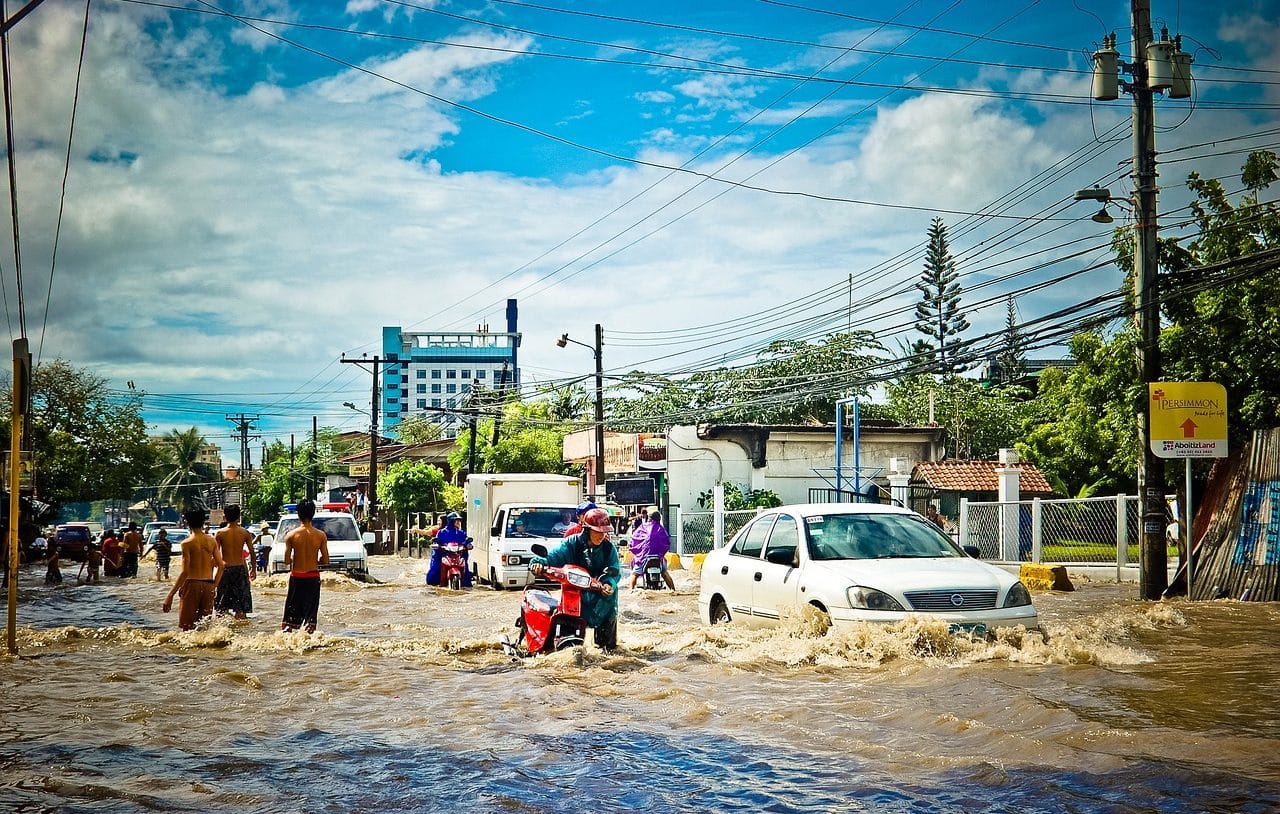
Humanitarian aid is an essential response to misfortunes that put life and human dignity at risk.
Humanitarian aid is assistance aimed at saving lives, alleviating suffering and maintaining human dignity during and after crises, such as natural disasters, armed conflicts and other emergencies. This may include the provision of food, water, emergency shelter, medical aid and psychosocial support, among other essential resources.
Types of humanitarian aid
- Food assistance : provision of food to prevent hunger and malnutrition in affected populations;
- medical assistance : health care, medical supplies (medicines, equipment, etc.), as well as the installation of field hospitals;
- drinking water and sanitation : provision of resources necessary for hydration, as well as education on body hygiene, as part of water and sanitation projects;
- shelter : provision of tents, building materials and support to repair damaged homes;
- psychological assistance : emotional and psychological support for people affected by trauma due to conflict or disasters;
- education in emergencies : establishment of temporary schools and distribution of materials to ensure the continuity of education;
- human rights training : prevention and response to human rights abuses and violations, including the protection of vulnerable children and women;
- humanitarian logistics – coordination and emergency transportation of relief supplies and personnel to affected areas;
- post-disaster rehabilitation : assists in the reconstruction of infrastructure and communities after a crisis .
NGOs
Humanitarian aid is essential to alleviate suffering in emergency situations and is provided by various organizations. NGOs play a crucial role in delivering direct and coordinated assistance .
The Red Cross and Doctors Without Borders are known for their rapid response in health crises and natural disasters , providing medical care and logistics. The World Food Program (WFP) focuses on delivering food to communities affected by famine and food insecurity.
UNICEF works to protect children and to ensure the well-being of children in emergency situations, providing education, health and protection. UNHCR (the UN Refugee Agency) is dedicated to protecting and assisting refugees and forcibly displaced people, offering shelter, legal assistance and social support.

Victims of natural disasters such as floods can benefit considerably from humanitarian aid.
Disasters
Humanitarian aid is crucial in disaster response, providing immediate and essential support to affected communities. Disaster risk management includes planning and preparation to mitigate the impacts of future catastrophes.
Assistance in nuclear disaster zones is provided by specialized teams, whose training allows them to treat contamination and protect public health. Support in recovery from natural disasters includes the reconstruction of infrastructure and the restoration of basic services.
Rescue and search operations are vital to saving lives in the first hours after a disaster. In earthquake response, emergency teams are mobilized to rescue trapped people and provide medical care. Post-flood assistance, on the other hand, includes the delivery of food, clean water and temporary shelter, as well as measures to prevent disease outbreaks.
international aid
International humanitarian aid is a collaborative effort that mobilizes resources and support from diverse sources to alleviate suffering in affected areas. Charitable donations from individuals, businesses, and governments are critical to funding these efforts. Volunteering also plays a crucial role, with people offering their time and skills. International cooperation allows coordination between countries and organizations to maximize the effectiveness of humanitarian response.
The distribution of clothing and footwear is a basic need met in many crises, providing adequate clothing to those who have lost everything. Economic support , often in the form of cash transfers, helps people meet their immediate needs and regain their autonomy. As part of aid in armed conflicts, demining is essential to guarantee security and allow communities to return to normal.
Coordination of aid between various organizations and agencies is vital to avoid duplication and ensure that aid reaches those who need it most. Finally, aid funding comes from various sources, including governments, international organizations and private donors, ensuring that humanitarian efforts can continue over the long term.
Fight against poverty
Humanitarian aid plays a crucial role in alleviating global poverty . Through various initiatives, we seek to improve the living conditions of the most vulnerable people. Child protection is essential, ensuring that children in emergency situations receive the care and safety they need.
Vaccination campaigns are essential to prevent disease in disadvantaged communities, while famine support ensures those affected have access to basic foods. Legal aid provides assistance to those who face injustice and lack the resources to defend themselves.
Microcredit is a powerful tool to empower individuals and small businesses, promoting economic development. Additionally, elder support ensures that older people receive the care and respect they deserve in their later years. Child nutrition is a priority to ensure healthy growth and development.
Rural development promotes self-sufficiency and sustainable growth in disadvantaged areas. Job training offers people the skills necessary to access decent jobs, while social integration seeks to include all individuals in society, without discrimination. Finally, helping marginalized communities is essential to ensure that no one is left behind by providing the resources and support necessary to overcome the barriers they face.

Children are the main focus of humanitarian aid, to provide them with medical and psychological care, in addition to guaranteeing their education.
Response to epidemics and pandemics
Epidemics and pandemics demand a response that is a vital component of global humanitarian aid. International and local organizations are quickly mobilizing to contain the spread of diseases and mitigate their impact on affected communities. Key actions include:
- vaccination campaigns;
- education and awareness;
- supply of medical equipment and personnel;
- financial support;
- international coordination.
These combined efforts are essential for the response to pandemics and epidemics, to control the situation, protect public health and restore normality in affected communities.
